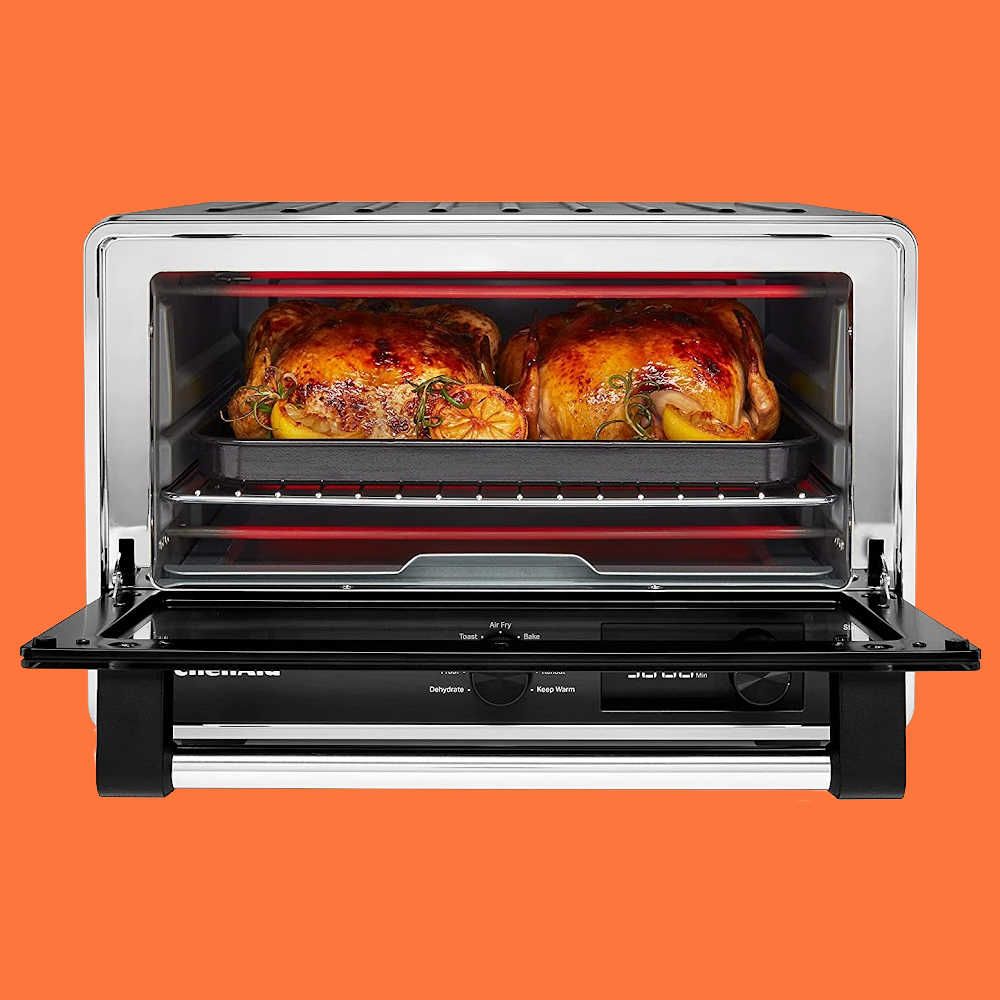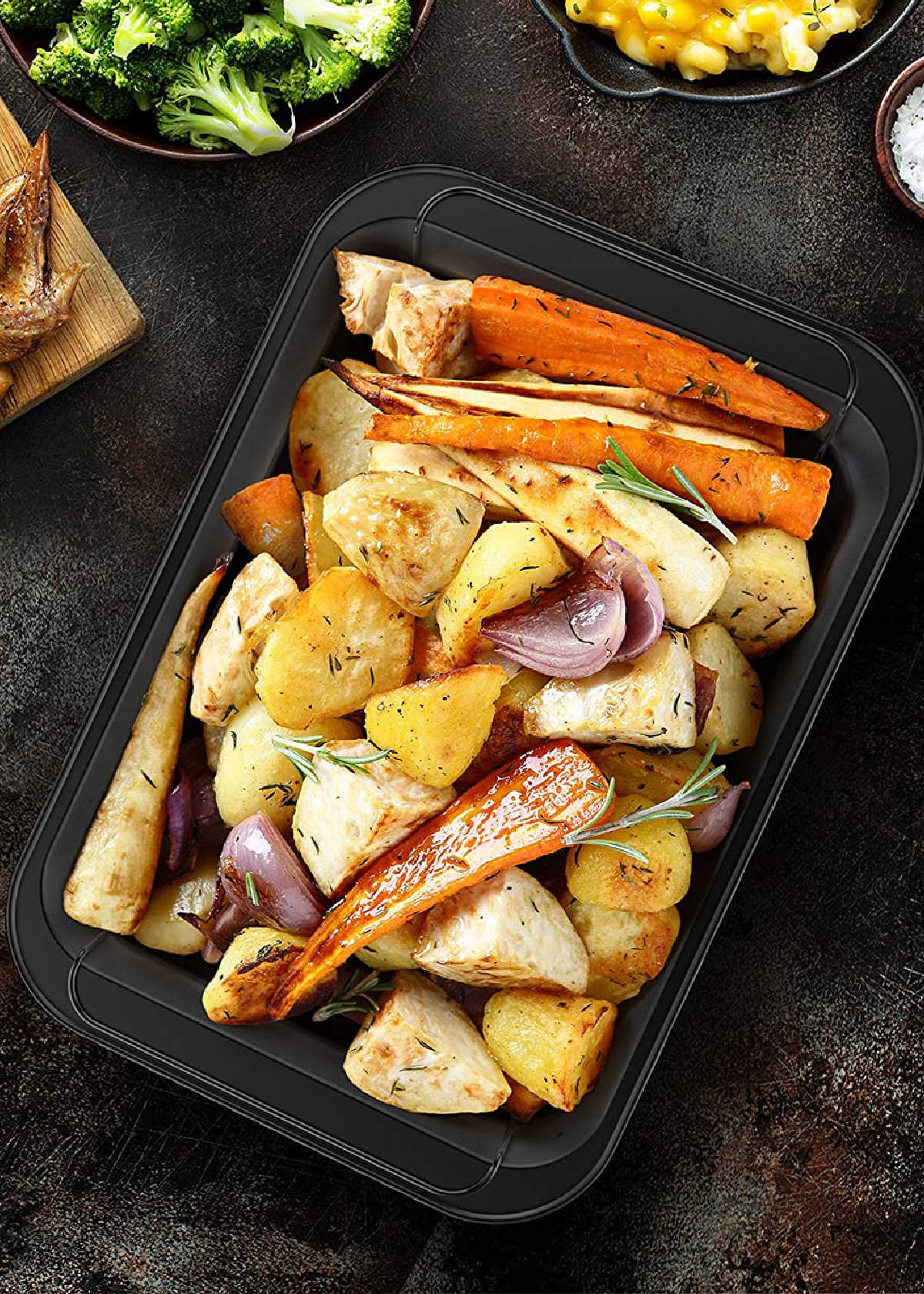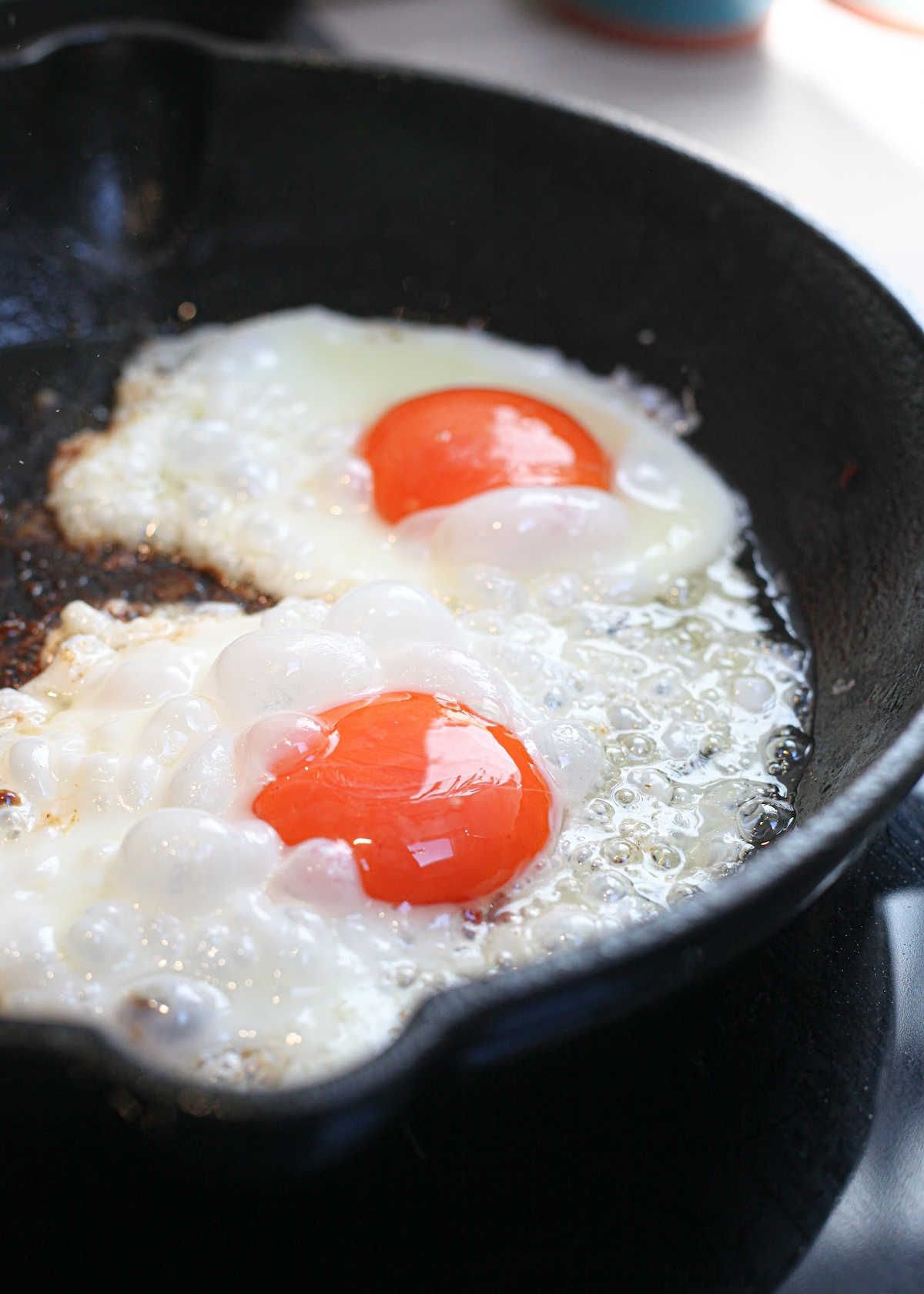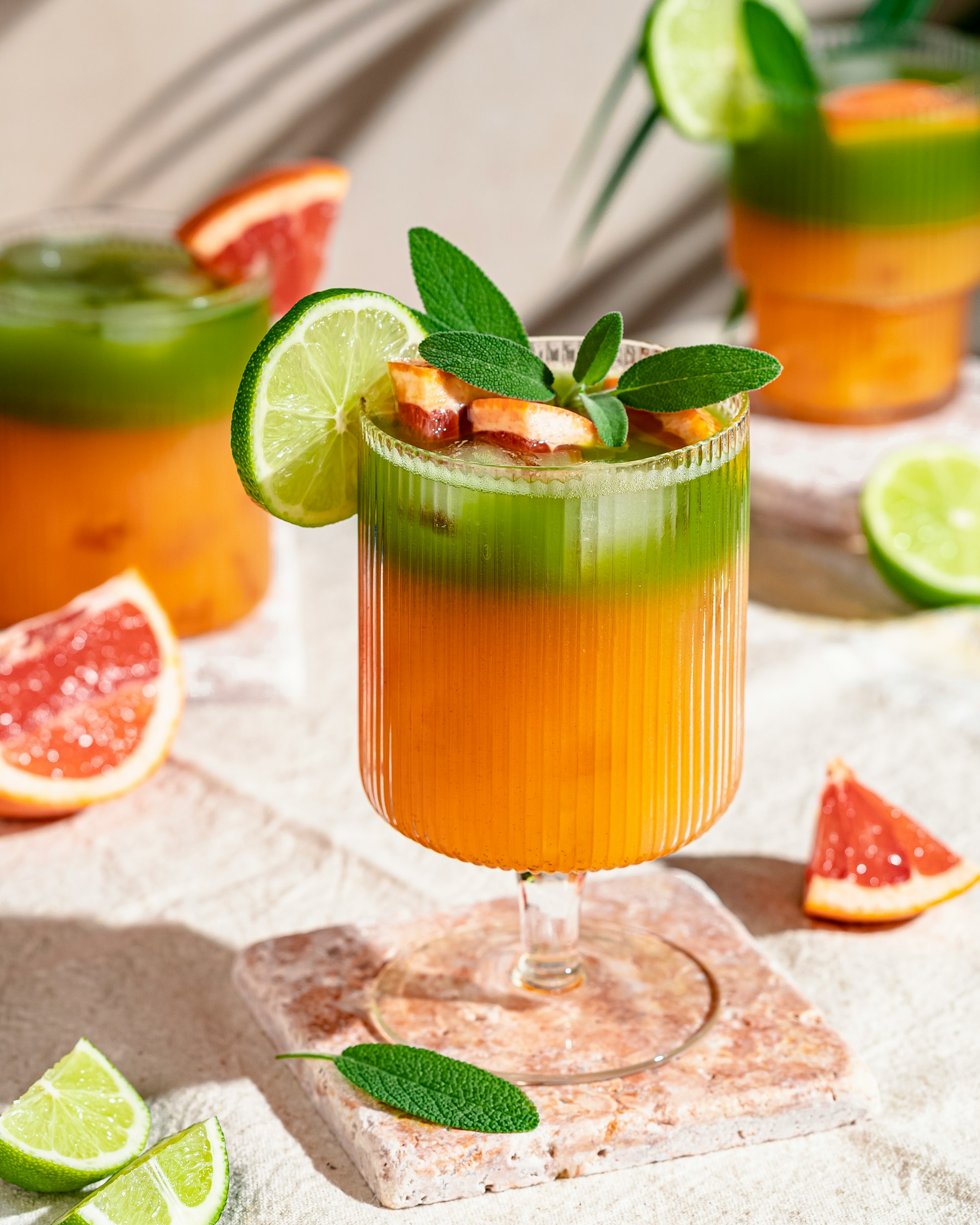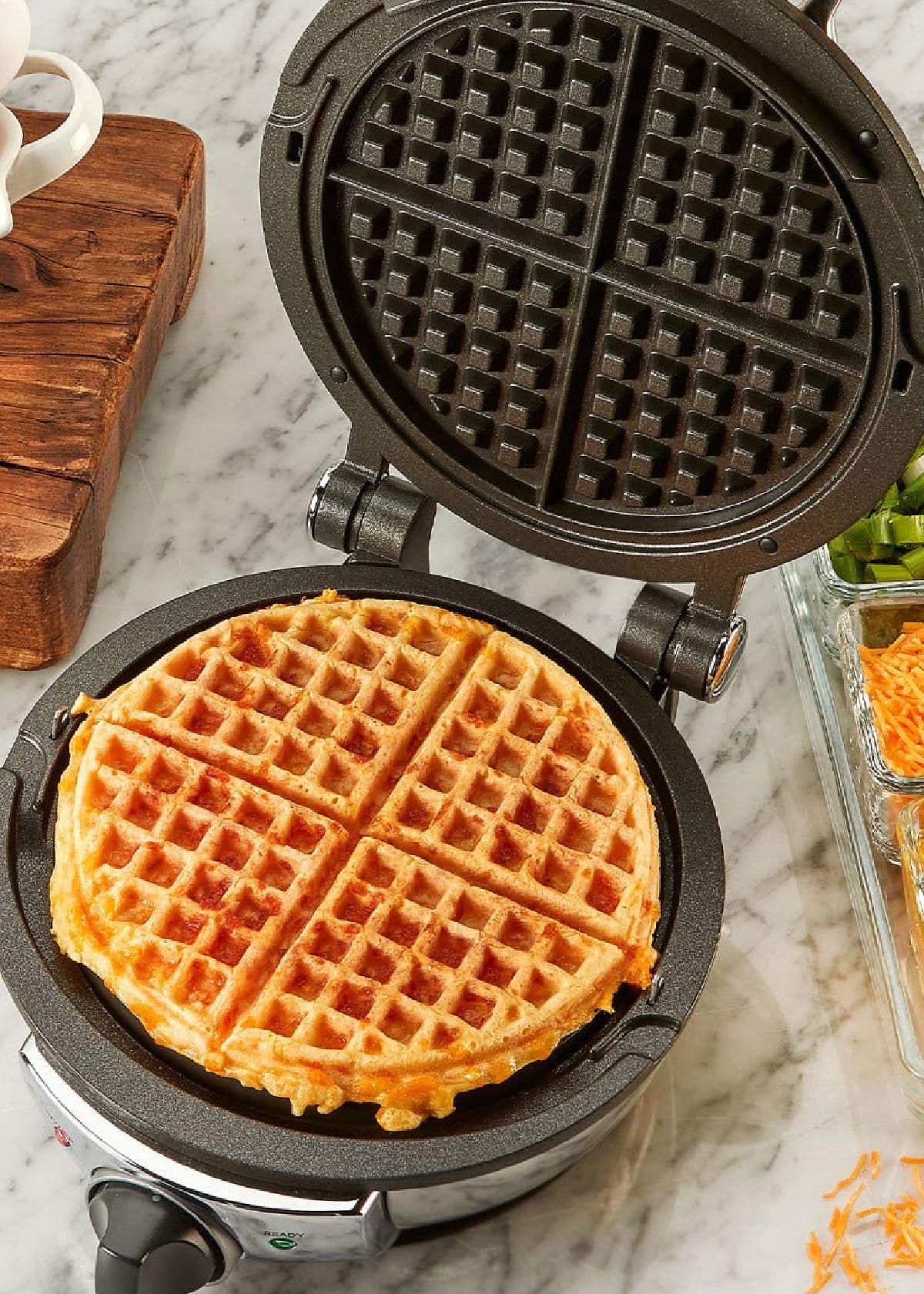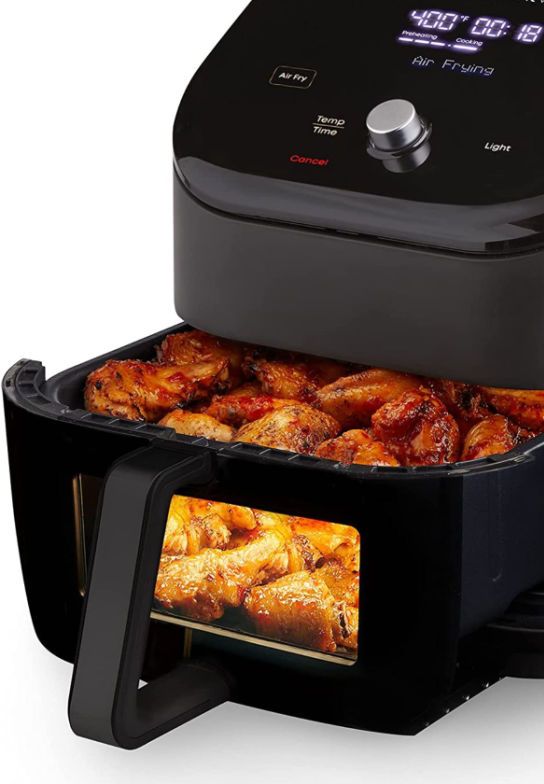Content Summary
Wine fridges are becoming increasingly popular among wine enthusiasts and collectors. But with concerns about energy consumption and environmental impact, it’s essential to know: do wine coolers and fridges use a lot of electricity?
In this blog post, we’ll provide an in-depth guide that includes hourly, daily, and monthly energy consumption for different wine fridge sizes, the benefits of using an energy-efficient wine fridge, and 10 tips on how to save energy while using a wine fridge.
Smaller wine fridges with a capacity of 12-36 bottles consume less energy than larger fridges with a capacity of 48-156 bottles.
A wine fridge that can accommodate 12 bottles consumes 0.09-0.2 kWh of electricity hourly, while a wine fridge with a 156-bottle capacity uses 1.17-2.60 kWh of electricity per hour.
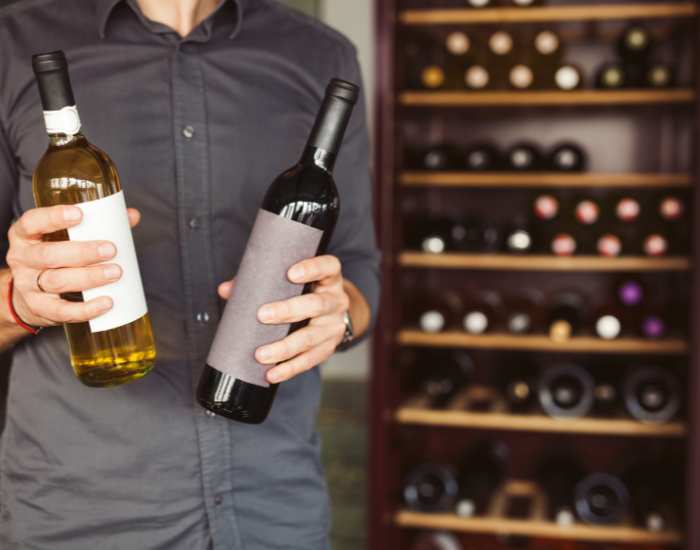

Average Energy Consumption Of Wine Fridges
The energy consumption of wine fridges varies based on their size, brands, internal temperature settings, and ambient temperature of the room. The table below shows an estimation of average hourly, daily, and monthly energy consumption of wine refrigerators with different bottle capacities.
The calculation is based on the average electricity consumption of 90–200 watts per hour from a specific brand - Bodega. It's important to note that the energy consumption of a wine fridge varies from brand to brand and might even vary by model within the same brand.
Wine Fridge Size | Monthly Energy Consumption (kWh)
* 12 Bottles | 34.80-144
* 24 Bottles | 129.60-288
* 36 Bottles | 194.40-432
* 48 Bottles | 259.20-576
* 60 Bottles | 324.00-720
* 72 Bottles | 388.80-864
* 84 Bottles | 453.60-1,008
* 96 Bottles | 518.40-1,152
* 108 Bottles | 583.20-1,296
* 120 Bottles | 648.00-1,440
* 132 Bottles | 712.80-1,584
* 144 Bottles | 777.60-1,728
* 156 Bottles | 842.40-1,872


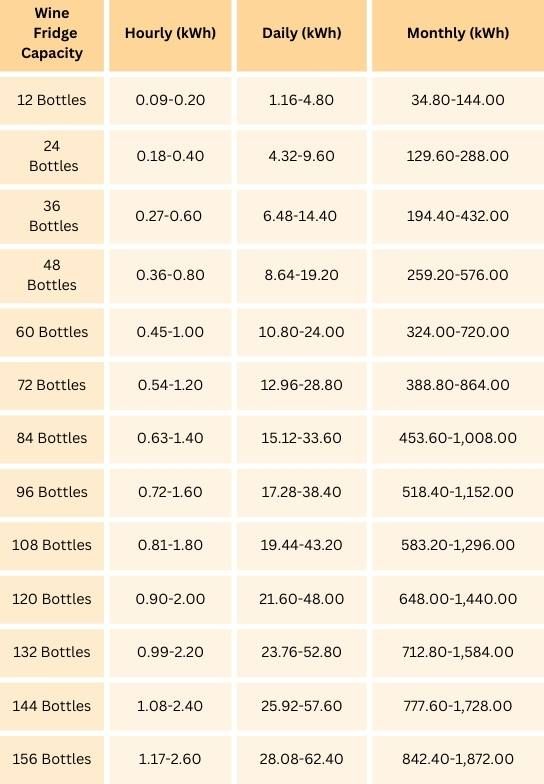
As noted from the table above, the estimated daily and monthly energy consumption of a wine refrigerator varies depending on its capacity.
- Smaller wine fridges with a capacity of 12-36 bottles consume less energy than larger fridges with a capacity of 48- 156 bottles.
- However, it is important to note that some wine fridges come with features such as dual-zone cooling, which requires more energy consumption.
- Realize there are two kinds of wine coolers: thermoelectric wine coolers and compressor wine coolers. Each cooling system has its own pros and cons where energy usage is concerned. A fridge with compressor technology is usually more energy efficient than one with thermoelectric technology.
- The differences in energy consumption can make a big difference in your monthly electricity bill, but using an energy-efficient wine fridge can significantly lower your energy consumption and costs.
- As far as energy efficiency is concerned, wine fridge technologies keep improving. Always make sure to check the energy star rating before buying.


Benefits Of An Energy-Efficient Wine Fridge
While wine refrigerators may consume some electricity, the benefits of using an energy-efficient one can significantly lower its energy consumption.
- Lowering your electricity consumption and costs - Using an energy-efficient wine fridge can significantly reduce your monthly electricity bill.
- Longer lifespan - Energy-efficient wine fridges typically have better insulation and cooling systems, which can help them last longer.
- Quieter operation - Energy-efficient compressor fridges produce less noise and vibration, ensuring that your wine bottles remain undisturbed while being chilled.
- Better wine preservation - Energy-efficient wine fridges maintain a stable temperature and humidity level, which is critical for preserving the quality of your wine collection.
- Environmentally friendly - Energy-efficient wine fridges emit lower levels of greenhouse gases compared to traditional refrigerators, reducing your carbon footprint.
We've written related blog posts about how to store wine at home properly, what is the optimal temperature for white wines, the temperature for red wines, as well as the wine fridge temperature range and humidity level for wine fridges. These articles will help you learn more about wine storage and how to choose the best appliance for your needs.


10 Tips To Save Energy While Using A Wine Fridge
To save energy while using a wine fridge, you can consider implementing the following tips:
- Choose an energy-efficient model - An Energy star-rated wine fridge is designed to be more energy efficient than other models.
- Keep your wine fridge full - A fully stocked wine fridge takes less energy to cool than an empty one with maybe a few bottles since the bottles help maintain the temperature. Just don't overload the fridge; it can reduce its efficiency.
- Position your wine fridge wisely - put it in an area away from direct sunlight, heat sources, and other appliances that produce heat.
- Avoid vibrations and change - Install the fridge on a flat surface and avoid moving it frequently.
- Set the temperature correctly - Set the temperature to 55-60 degrees Fahrenheit, rather than a lower temperature, which consumes more energy. 55 degrees F is the desired temperature for keeping all wines.
- Make sure it's closed properly - Check the door seal to ensure that it’s tight and not leaking cold air and letting in hot air. This will cost more electricity.
- Clean the condenser coils - Dust and dirt can accumulate on the wine fridge's condenser coils, which makes it difficult for the fridge to expel heat efficiently. Clean the coils regularly to improve efficiency.
- Defrost regularly - If your wine fridge has manual defrost, make sure to defrost it regularly to prevent ice buildup which can reduce its energy efficiency.
- Avoid frequently opening and closing the door - Each time you open the door, you let the warm air in, which makes the wine fridge work harder to cool its contents.
- Leave some room for ventilation - Don't push your wine fridge against the wall, leave a bit of space for ventilation. This helps it to function more efficiently.


Electricity Consumption In Wine Fridges FAQs
Here are some FAQs related to electricity consumption in wine fridges:
Should you turn off a wine fridge?
It's not necessary to turn off your wine fridge when you're away for a weekend or longer. Most modern wine fridges are designed to be used 24/7.
However, if you're away for an extended period and there are only a few bottles left, then you could turn it off to save energy.
(Ask your wine-friend to look after your bottles of fine wines - in their wine refrigerator.)
What is the best energy-saving wine refrigerator?
The best energy-saving wine refrigerator is one that has been certified as Energy Star compliant. Of course a small wine fridge uses much less energy.
A thermoelectric fridge may be less energy-efficient than a compressor fridge. And, a single zone fridge consumes less electricity than one with dual temperature zones.
It should offer features such as an adjustable thermostat, which allows you to set the desired temperature, and humidity control.
You should also look for a wine refrigerator that has good insulation, an efficient fan, and a well-sealed door to ensure efficient cooling.
In summary, wine fridges do consume some electricity, but the overall energy consumption varies based on the models, brands, fridge size, temperature settings, ambient room temperature, and user's habits. A compressor wine cooler may consume less energy than a thermoelectric wine fridge of a similar size.
Investing in an energy-efficient wine fridge can help reduce your carbon footprint and save money on your electricity bills. Implementing energy-saving tips such as proper maintenance, sealing the door, and avoiding overloading can also make a significant difference.
If you need a quality wine fridge with an Energy star rating, check out our review article on best dual-zone wine fridges here. We've selected a wide range of wine fridge models and sizes, with the latest features and technologies to make sure your wine collection is stored properly.

By following the tips mentioned earlier, you can save energy while using a wine fridge and contribute to a more sustainable environment.
Happy sipping!
Catchy Finds




